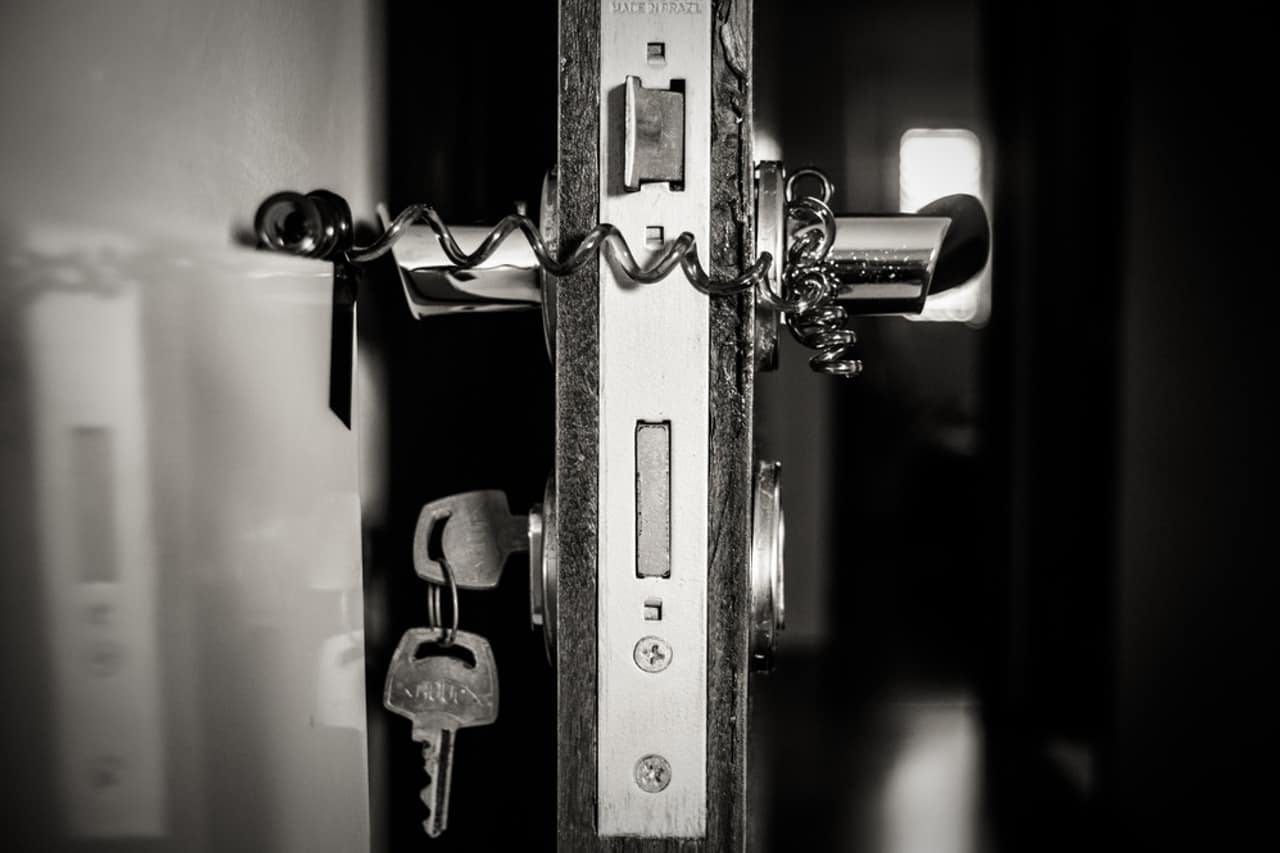The power of a good handle is often overlooked. However, that simple door knob can make or break a whole property. That’s why you should carefully select the type of pulls and handles you use for your doors and cabinetry. A good handle can accentuate your interior while serving its gripping function well.
Industrial handles enable people to hold equipment easily. It’s easy to see industrial handles in cabinets, drawers, doors, and grips for various household equipment. Please note that handles come in multiple finishes, colors, and styles. And depending on the function, they can be metallic, wooden, or plastic. Moreover, industrial handles can be made creatively the equipment to match your equipment and your personality. You can read more here to understand the various types of handles and their uses.
Handles are essential in almost all aspects of life, and one day without them may leave your head spinning. Therefore, consider choosing handles that best suit your home, apartments, or property as you make your interior design plan. There are many factors to consider before buying a particular handle or knob. Read this guide to help you make an informed decision for your industrial handles.
1. Factors To Consider Before Buying
Different handles perform different functions. You should consider the following factors before choosing a handle or pull:
Location
The handle you choose depends on where you want to fit it. For instance, you should consider buying durable, rust-resistant handles for sturdy external doors to withstand harsh outdoor environmental conditions.
Mode Of Installation
The mode of installation can save time and extra costs. For example, if you need to fix multiple doors, it’d save time to use specialist handle packs. They contain essential accessories such as latch spacers that help technicians accurately fit door handles faster.
Frequency Of Use
Knowing how frequently your door handles or pulls will be used is essential. Frequently used handles like those in high-traffic areas should withstand daily use without breaking down. Plus, consider buying handles that have a warranty.
Related: Boosting Business Success with 3D Industrial Rendering
2. Have A Design In Mind
It’s said that there’s congruence between design and personality. It’s good to have the desired handle design in mind before making a purchase.
If you’re into real estate, having a unique front door handle design can be a unique way to sell your property. And there are several handle designs to choose from that could appeal to your taste and personality. They include:
Modern Handles
Modern handles with basic designs are ideal for people attracted to simplicity. They have a simple look and are available in cool colors like chrome to highlight their modest look. They may be brushed to have a subtle soft finish, polished to give a reflective surface, or have satin to give a frosted appearance.
Victorian Handles
Victorian designs are extravagant and draw inspiration from the era of nobility. This design provides an easy way to give your doorway a redefined, distinct appeal. Most Victorian designs are in colors such as gold and brass with antique finishing.
Traditional Handles
Traditional handle designs are common in households that want a classic home environment. They have aged finishes to add glamour and charm. And depending on your tastes, you can choose polished aluminum handles, nickel, stainless steel, or brass door handles.

3. Know The Different Types Of Handles
Handles and pulls come in varieties depending on your preferences. Here are some of them:
Twist Handles
Twist handles are mostly cylindrical though they can come in different shapes. They link to a latch bolt that unlocks a door when the knob is twisted. Moreover, you can pair them with locks to increase property security.
Pull Handles
These handles enable one to lift, close or open a door, cabinet, or equipment by pulling. They contain a pull handle on a keypad or a backplate and are the most common type of handles. Examples include:
Flush Pull Handle
They’re used in pocket doors or sliding doors and made to recess and move with the door, enabling it to glide without any hindrance. They can either be fitted with locks or not, depending on the user’s preference.
D-Pull Handle
Used on doors that open inward and don’t need fasteners. They’re fixed externally on the door and then bent into a ‘D’ shape.
Lever Handles
Lever handles are commonly used in high-traffic areas such as residential homes and offices. They have an arm that releases a lock when raised or lowered. Examples of lever handles include:
Lever on Rose
They contain a round or square rose that encloses the area that connects the handle to the door. The roses conceal any fittings from view for decoration purposes. In most cases, they don’t have locks, but when they’re required, they’re mounted independently and then covered with an elegant cover to create a smooth finish.
Lever On Backplate/latch
Commonly fit on doors that may not need to be locked. These contemporary handles are made of a simple thumb turn, a lever, a lock, or a lever with a backplate and are commonly used for bathroom doors. They’re available in different styles based on your tastes or door location.
Conclusion
Choosing a handle for your door, cabinet, or other equipment may require you to consider many factors. It’s good to choose a door handle that matches the interior design of your house or one that fits with your equipment. The location, installation mode, and how frequently the handle will be used can also help you decide the handle type. Moreover, understanding the different types of handles can ease your quest to find a suitable handle.





